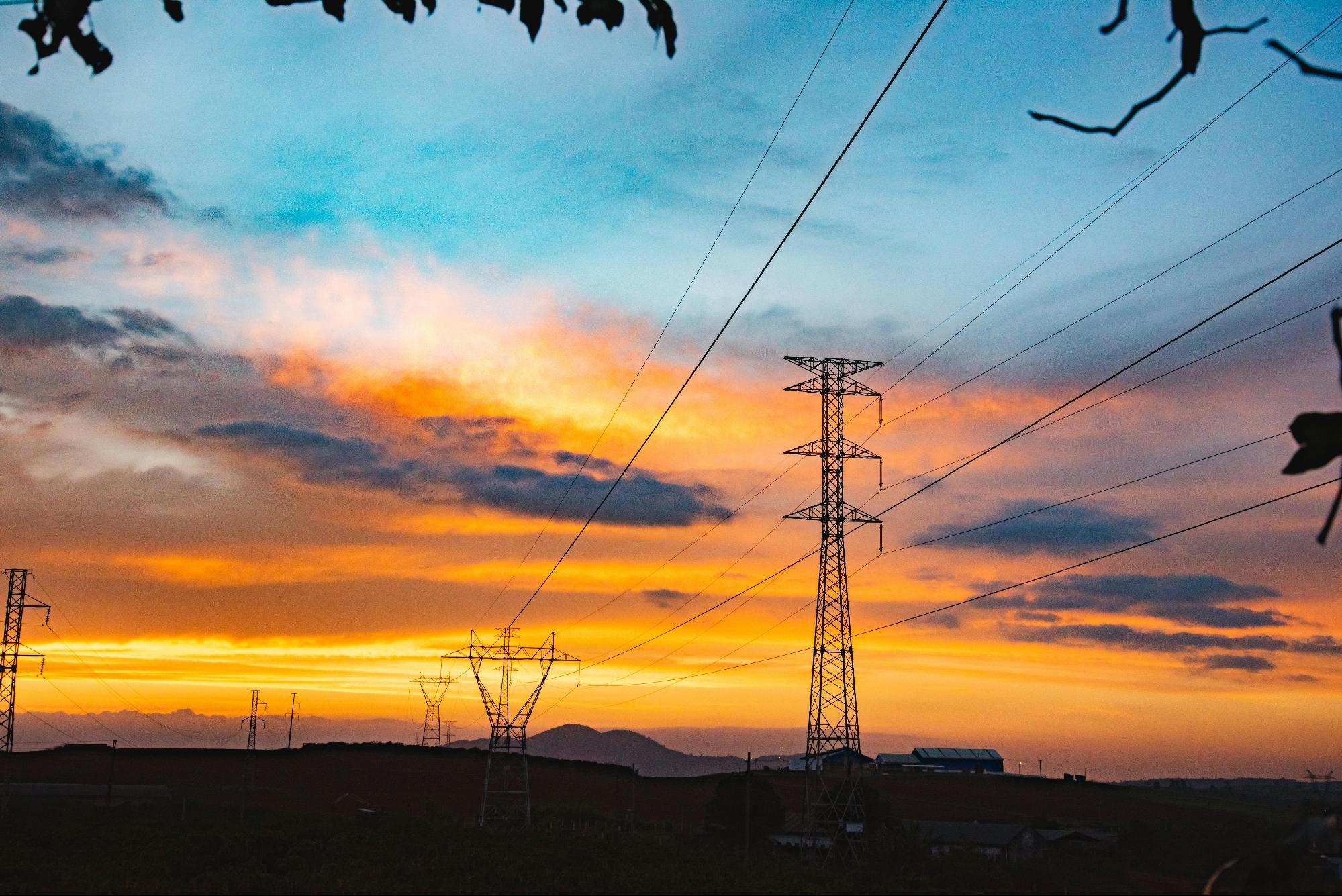Running a small business can be overwhelming—every penny counts. Cutting down on energy costs is a sure way to boost your bottom line. Even the smallest reduction can make a big difference to your monthly expenses. Here are some tactics to get started.
Contents
Harness Natural Light
Why pay for electricity when the sun offers it for free? Use your windows! Arrange workspaces closer to them and open blinds during the day. Just a few changes can reduce lighting needs dramatically. It’s the simplest way to slash your energy bill.

Consider adding mirrors and reflective surfaces to help distribute natural light more effectively. This can brighten up darker corners of the office without the need for additional lighting. Plus, it’s an excellent opportunity to refresh your decor. Experiment with pale colors for walls and furnishings to further enhance light distribution, creating a more pleasant working environment.
Smart Thermostat Investments
Invest in a programmable thermostat. These devices allow you to adjust temperatures during off-hours automatically. Heat during the cold nights and cool in the heat of the day. Just a tap reduces wasted energy and cuts costs without anyone noticing.
Beyond investing in thermostats, it’s vital to periodically compare energy rates. Understanding the market allows businesses to make informed decisions about providers and plans, ensuring that you’re not paying more than necessary for your energy needs.
Adjusting temperature settings by just a degree or two, particularly during non-working hours, can also contribute noticeably to savings. Sometimes, ensuring it’s not excessively cold in winter or too warm in summer can result in surprisingly stable bills.
Unplug and Power Down
Every device left on standby leaks power. Fact. Go around the office and ensure computers, printers, and other tech gear are switched off at the end of the day. An office vampire hunt might just be the secret weapon in your quest to shrink energy consumption.
Encourage employees to unplug chargers and other electronics when not in use. Even tiny currents, known as phantom loads, can contribute significantly to annual energy costs. Providing power strips for easy plug-in and shutdown can help optimize this process and make it part of everyone’s routine.
Extend this practice to break rooms and common areas too. Unplug appliances like coffee machines, microwaves, and others not in constant use. Ensure shared spaces are as conscientious about energy consumption as private workspaces, spreading small savings across these zones.
Conduct Regular Maintenance
If it moves or heats, it needs maintenance. Keep equipment in peak condition, ensure air filters are clean, and replace them when due. Well-maintained tools and appliances consume less power. Plain and simple! Maintenance today means savings tomorrow.
Besides regular upkeep, consider service contracts for larger equipment like HVAC systems. Regular check-ups can keep systems running smoothly, preempt potential breakdowns, and optimize usage. A little proactive attention goes a long way in maintaining equipment efficiency.
Lighting Matters
Old lighting is a power hog. Swap those wretched incandescent bulbs for LEDs. They last longer and consume much less energy. The slight upfront cost is quickly paid back in years of service. Lighting upgrades offer a significant return on investment.
Additionally, consider installing motion-sensor lights in less frequently used areas. This ensures lights are only on when the space is occupied, significantly reducing unnecessary power usage. You could also explore adjustable lighting options, allowing the brightness to be altered according to tasks and time of day.
When planning lighting configurations, consider task lighting solutions over general overhead lighting. Providing specific lighting for desks and workstations cuts down on the need for brightly lit rooms, serving dual purposes of targeted illumination and energy conservation.
Smart Use of Space
Keep the heat in and cold out. You’ve spent good money controlling your office temperature; don’t waste it. Weather-strip door frames. Insulate areas that feel like drafts. These basics may seem minimal but keep a surprising amount of controlled air where it belongs.
Invest in quality windows to provide better insulation and reduction in energy loss, especially during extreme weather conditions. Windows might seem a secondary thought, but the right ones can contribute vastly to maintaining a steady climate, reducing the need for constant heating or cooling.
Rearrange office furniture to improve the flow of air conditioning. Keeping vents unobstructed ensures efficient heating and cooling distribution while maximizing comfort. Observe how space is used to adapt and optimize temperature regulation systematically.
Encourage Energy Mindfulness
Get the whole team on board! Create an energy-saving culture. Even small actions repeated each day lead to big rewards. An informed team is a key weapon in the battle against rising power bills.
Set And Forget Water Heating
Traditional water heaters greedily use energy every hour if left unchecked. Lowering the thermostat setting to about 120°F is often more than enough. People won’t notice the difference, but your power bill definitely will.
Consider insulating water heaters and pipes to minimize heat loss, ensuring that water is warm only when needed. Additionally, look into low-flow fixtures to cut down on unnecessary water heating demands, further optimizing how energy is used within the business.
Strategize hot water usage by scheduling cleaning or maintenance tasks requiring heated water during off-peak hours. This reduces demand during busier times and creates a manageable and cost-effective approach to energy consumption.
Energy costs are one of those numbers that don’t relent. Take these simple steps and watch as savings transform your expense sheet. Feeling empowered? No journey is needed—just swift, decisive action today so you can reap rewards in the future.



